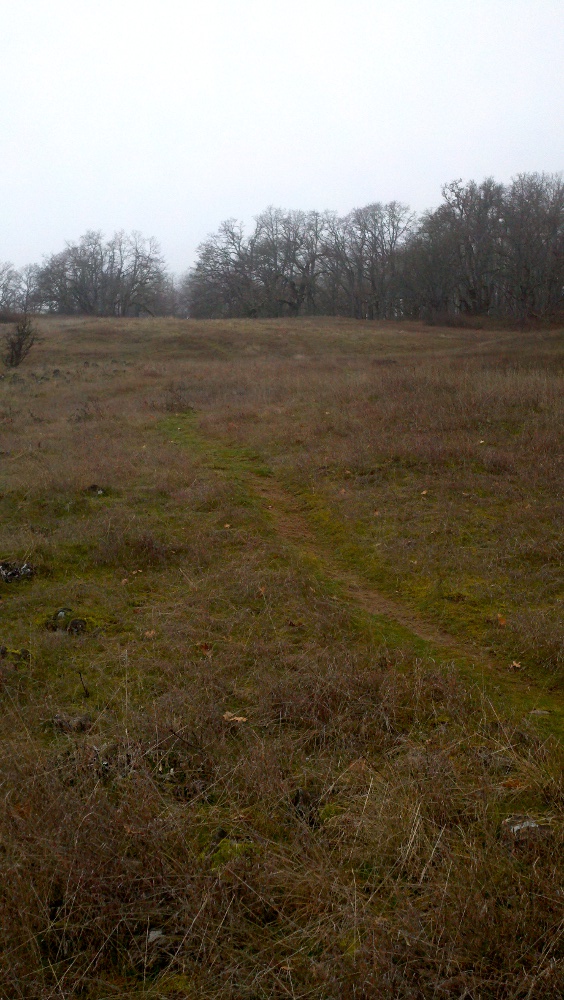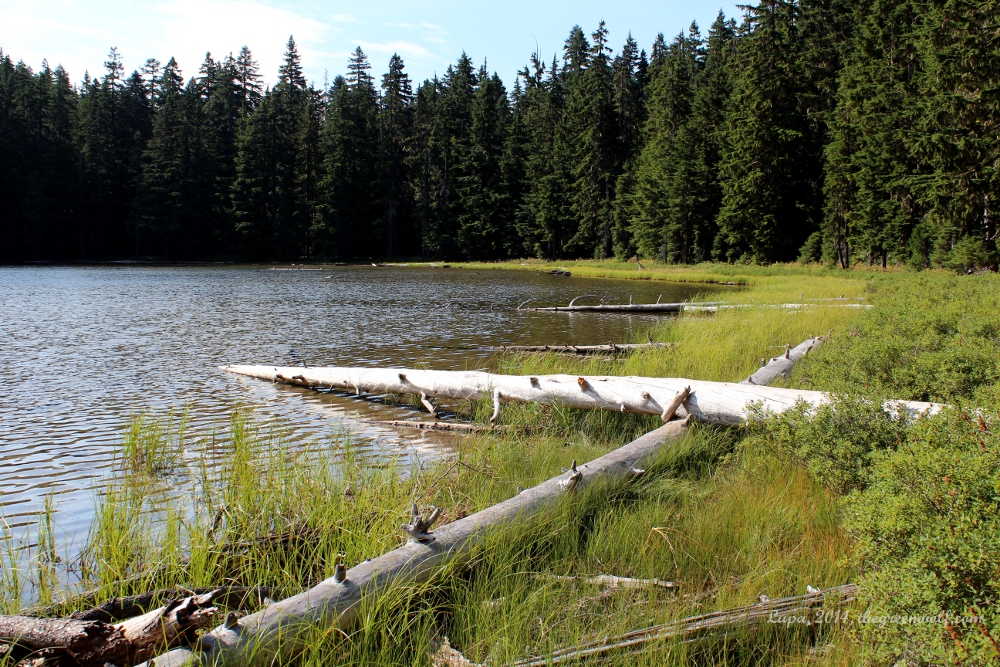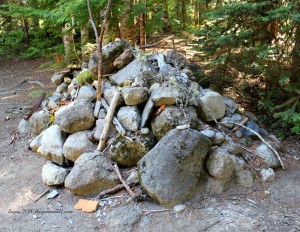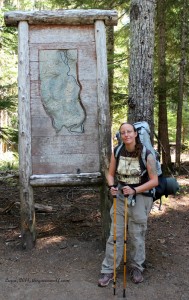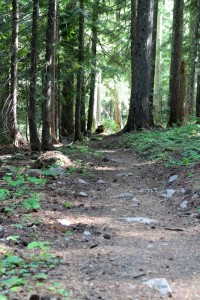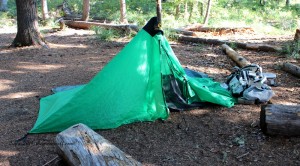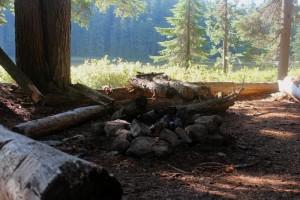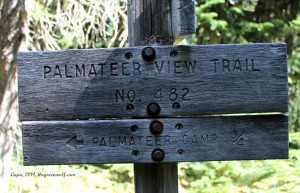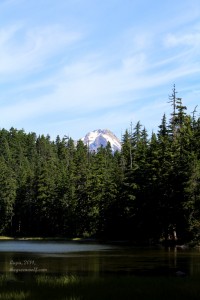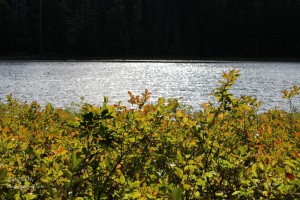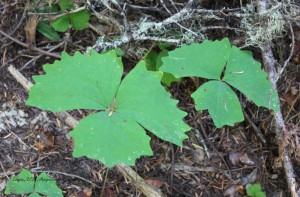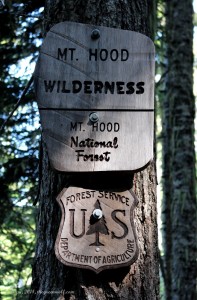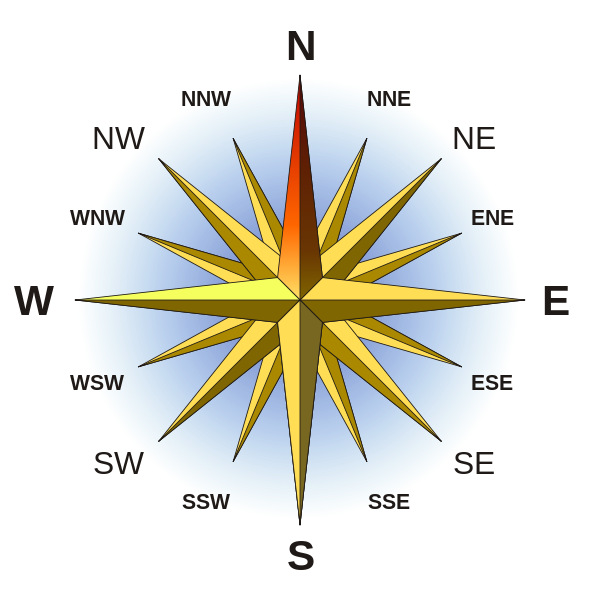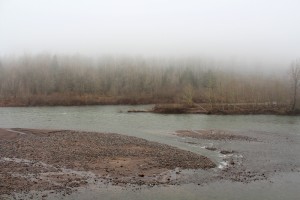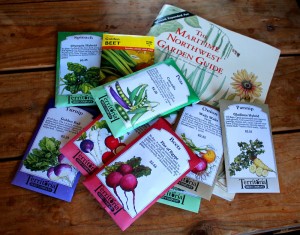I know, I know–I’m interrupting the Totemism 201 series. But it’s for a really, really important reason. Forgive the clunky title; I couldn’t come with something better in my overwhelming excitement.
So last year I wrote “Up North“, a bittersweet post about the sense of adventure that I felt in the woods near my childhood home and the devastation when they were torn down for yet another crappy subdivision. Before they were completely destroyed, though, I managed to make my way into their northern reaches and discovered things I’d never seen before–a small pond, new fields and patches of oak trees. This sense of expansion and adventure has haunted me in my dreams for over twenty years now; I’ll dream that I’m back in those woods, heading northward. Sometimes I’ll end up in jagged, wild mountains, sometimes the realm of fey beings, sometimes deep pools of crystal-clear water. But in every single dream, that passage north takes me to new places, and my heart aches every time I wake up.
At the end of the post, I wrote the following:
Occasionally I get to have just the tiniest taste of “up north” in my waking life, and I hang onto those moments like gold. On my most recent excursion to Catherine Creek on the Washington side of the Columbia River, I took the less-traveled trail up under the power lines and then up the ridge on the east side of Catherine Creek itself. There was no one else up there, the trail was tiny and quiet, the views were amazing, and the day was absolutely perfect weather-wise. Although I know quite well that this was far from uncharted territory, the experience of being on this unmarked trail I’d never been on before, with no one around, and with no agenda in mind raised that old feeling of adventure again. (I was even going north, to boot!) It’s been a couple of weeks since that time and I still feel the glow. I intend to go back soon, too, once this latest spate of rain passes us by–it’s a bad place to get caught in a thunderstorm (as I almost did my first time out to Catherine Creek a few years ago).
Perhaps someday when things relax a little more here and I have the time and money to get out for a longer time I’ll go find a wild place I can explore. Not so wild that I’m in danger of getting lost, but remote enough that it can just be me and the wilderness, my feet on wide, open ground ready to explore.
And maybe then I’ll get to go “up north” again.
Today, I went for my first long hike of the year. I’ve not been running for several months so I’m in rather atrocious condition, but I’ve been walking a lot in the past week to start getting my endurance back. I’m not up for a ten mile stomp, but I needed something more challenging than a two mile round trip walk to the grocery store. We’ve been having unseasonably warm weather here lately, and while I’m not entirely happy about it in the long term, I decided to take advantage of it today. I chose to go back to Catherine Creek.
Catherine Creek is a picky place. It’s on the eastern side of the Cascades, which means that storms can suddenly rise up from the south, and the trails are on high ridges with little shelter. This means that, especially in winter, I have to choose my day to go carefully to avoid getting caught in rain or, worse, snow and ice. Moreover, many of the trails become choked with thickets of poison oak from April through November, which reduces the opportunities to explore them. And because it’s an hour drive from Portland, I have to plan an entire day away from home. But it’s by far one of my favorite places to hike, and well worth the coordination.
Today was almost ideal: nothing planned schedule-wise, and a zero percent chance of rain with temperatures near fifty. Even with the unseasonal warm weather the poison oak is well dormant. I had a full tank of gas, and an eagerness to explore the narrow little trail heading north along the ridge east of the creek itself where I’d gone last year. This was my chance.
And it was perfect. I followed the trail beneath the power lines, then up the ridge, higher and higher, gaining over a thousand feet of elevation in less than two miles. I passed through scrub oak groves and wide, open plains, startled a trio of blacktail deer and a flock of Steller’s jays that rasped at me angrily as I passed. I listened to the creek rush down below me, and heard ravens arguing in the distance. Every so often I turned around to make sure I could still see the trail behind me; it was less than eighteen inches wide, but it stood out as a dark line through the pale dead grass.
My little trail continued up and up, until the trees gave out and the summit of the nameless ridge beckoned. By now I had passed far into where clouds had settled on the land, and visibility had gone to just about fifty feet. I could still see my trail, and the deer trails that crossed over it. I noted the prints of another hiker who must have passed this way over the weekend, the hooves of deer and the pads of a small coyote. I checked the time–just about 1:30pm–and debated whether to go off trail to make the last couple hundred yards to the summit. There was little wind, but the mist was thickening the higher I got, and the trail disappeared into the distance.
I wouldn’t go any farther back into the wilderness, but I wanted to see the summit off to my left. So I tied a length of toilet paper to a dried plant by the trail–bright white in the gloom–and made my way through the grass. I got perhaps two hundred feet before the mist obscured anything that wasn’t within about thirty feet, and I was still not quite to the top. No mind; I was close enough for today. I took a moment to savor this new place, though I could see little of it, then retraced my steps, clear in the grass, until I saw my white flag of bathroom tissue in the distance, and retrieved it as I headed back the way I came.
I quickly made my way back down the ridge; though it was still hours before nightfall, the mist was gathering, and I wanted to at least get back to where I could hear the creek; once I had that I could find my way back to the trailhead even if I lost the trail itself. The ridge was kind to me, and within less than half an hour I was back below the clouds with a clear view all the way across Catherine Creek’s deep valley.
I was exhausted, unaccustomed to this level of exertion, and a bit anxious about getting completely socked in so long as the mist surrounded me, but my exhilaration carried me safely through. As I made my way back down through the oaks–so much like my long-gone woods of my youth–I knew I had finally captured something lost to me for over two decades.
And I’ll be going back. The Catherine Creek Day Use Area is protected by the US Forest Service, and because all it hosts are little scrubby oaks and Ponderosa pines, it’s of little commercial value, so unlikely to be logged or otherwise developed. So this beautiful area that has embraced me will be there as long as I am willing to come back. There are so many trails left to explore, too, both mapped and unmapped. I would have long ago outgrown my last few acres of woodland as a child, but this–this is the size I need now, as a healthy, adventurous, roving adult woman exploring the world around me.
This is it–this place has given me what is Up North.

